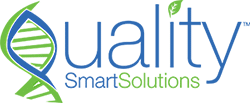NNHPD Update: New Tools for Monograph Combinations and Interchangeable Terms

NNHPD updates introduce new tools for clearer submissions and labelling. Learn what they mean for your compliance strategy.
... Read moreGetting an NPN for Sports Supplements: Health Canada Step-By-Step Guide

Learn how to get an NPN for sports supplements in Canada and ensure full compliance with Health Canada’s Natural Health Products Regulations.
... Read moreTime to Renew: FDA Drug Establishment and Listing Deadline Is Coming Up

Stay compliant with FDA drug establishment and listing renewal requirements before December 31, 2025. Learn key steps and how to file correctly.
... Read moreUnderstanding CETA and How It Helps You Sell Food Supplements in Canada Tariff Free

Learn how CETA allows EU exporters to sell food supplements in Canada tariff free and what regulatory steps are required for compliance.
... Read moreUnderstanding the Differences When Importing Human and Animal Food into Canada

Learn the key differences between importing human food and animal food into Canada, including CFIA and Health Canada requirements.
... Read moreExpert Panel in GRAS Determinations: Why It Matters for Ingredient Safety

Learn how an expert panel supports GRAS determinations by ensuring scientific credibility, safety, and FDA alignment.
... Read moreYour Guide to Achieving GRAS Approval for Enzymes

Learn how to get GRAS status for an enzyme and meet FDA safety requirements through proper evaluation, expert review, and documentation.
... Read moreYour Step-by-Step Guide to the EFSA Novel Food Application Process

Learn how to prepare and submit an EFSA novel food application and gain market access in the EU.
... Read moreClinical Studies for EFSA Novel Food Applications: How to Ensure Success

Learn how clinical studies support EFSA novel food applications, ensuring your product’s safety, efficacy, and market approval.
... Read moreFDA Declares Nicotinamide Mononucleotide Lawful in Dietary Supplements

FDA confirms NMN is lawful in dietary supplements after industry pressure. Learn what this means for your business and compliance strategy.
... Read morePreparing Instructions for Use for FDA Submission

Learn how to prepare Instructions for Use for FDA submission for medical devices. Stay compliant with FDA requirements and international standards.
... Read moreFDA Self-Affirmed GRAS Pathway May Soon End

FDA proposes ending the self-affirmed GRAS pathway. Learn what this means for your business and how to stay compliant.
... Read moreTop SR&ED Eligibility Myths and What Actually Qualifies

Discover the truth about SR&ED eligibility myths and learn what actually qualifies for credits and refunds under Canada’s SR&ED program.
... Read moreBest Practices for Achieving GRAS Status for Manufacturers

Discover 10 best practices to achieve GRAS status while staying FDA compliant. Follow expert tips for smooth ingredient compliance.
... Read moreThe 7 Key Sections of a GRAS Dossier Every Business Should Understand

Explore the 7 sections of a GRAS dossier and learn how they ensure ingredient compliance, safety, and FDA acceptance.
... Read moreFDA Launches Real Time Adverse Event Reporting Dashboard for Cosmetic Products

Learn how the FDA’s new cosmetic adverse event reporting dashboard works and what it means for your compliance strategy.
... Read moreHealth Canada Releases Version 4.0 of the GMP Guide for Natural Health Products

Learn what’s new in Health Canada’s GMP guide for NHPs. Discover updates, transition timelines, and compliance steps for your business.
... Read moreHealth Canada to Reduce Red Tape: What It Means for Your Business
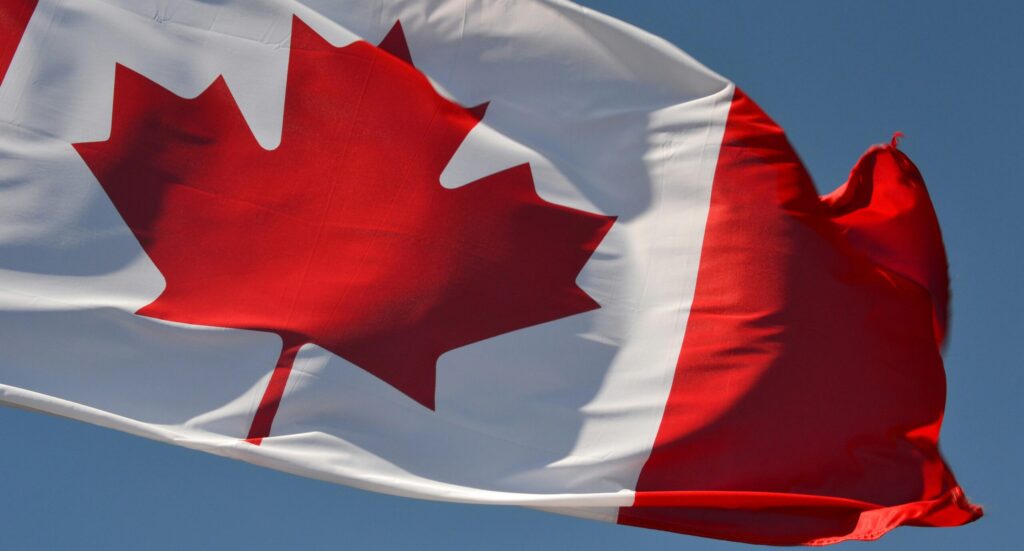
Learn how Health Canada red tape reduction initiatives may affect businesses. Stay informed on regulatory updates and compliance changes.
... Read moreDe Minimis Rule Ending: What Businesses Must Know

The de minimis rule is ending in the U.S. Learn what this means for compliance, shipping costs, and your regulatory strategy.
... Read moreWhat You Need to Know About GMP Training

Learn what GMP training is, why it matters, and who needs it. Explore GMP fundamentals and compliance requirements for Health Canada and FDA.
... Read moreWhat the New FDA PreCheck Program Means for Drug Manufacturers

FDA PreCheck program aims to boost U.S. drug manufacturing. Learn how it could impact domestic pharmaceutical facilities and compliance steps.
... Read moreFDA Proposes Compliance Extension And Releases New Tools For Food Traceability

FDA food traceability compliance date may be extended. Learn about the August 2025 proposal, updated FAQs, and tools to prepare your business.
... Read moreHow to Register Your Private Label Medical Device in Canada

Learn how to register a private label medical device with Health Canada. Follow this step-by-step guide to ensure regulatory compliance.
... Read moreFDA Chemical Screening: What The New EDT Tool Means For Food Safety

FDA’s new EDT tool helps screen chemicals in food for toxicity. Learn how it supports safer food and faster evaluations.
... Read moreSenators Propose Bill To Eliminate Self-affirmed GRAS Loophole

Learn how a new bill may eliminate self-affirmed GRAS and what it means for food ingredient compliance. Stay ahead with expert support.
... Read moreHow the SAFE Sunscreen Act Could Change FDA Compliance
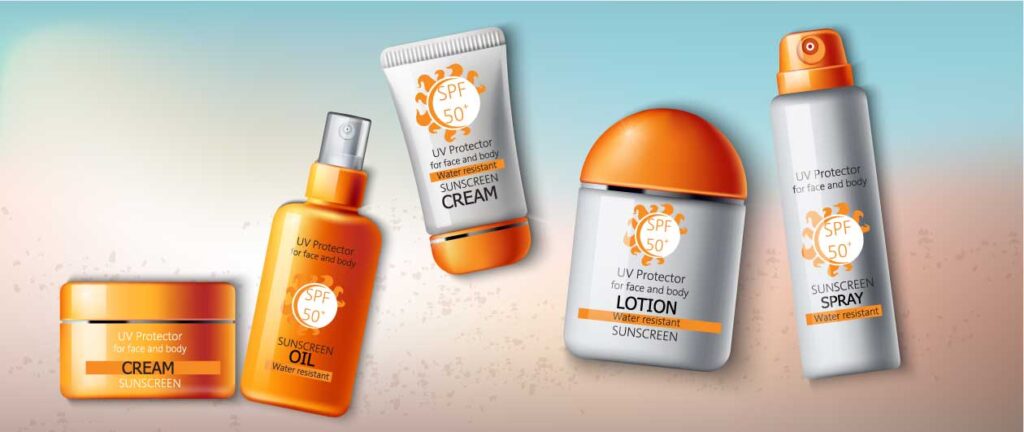
Learn how the SAFE Sunscreen Standards Act could impact sunscreen compliance and FDA approvals.
... Read moreAre you meeting Health Canada’s site license renewal requirements?

Learn how to avoid site license renewal refusals or suspensions and meet Health Canada compliance expectations.
... Read moreWhat Is Changing Under CFIA’s Feed Regulatory Modernization?

Learn how CFIA’s feed regulatory modernization impacts your compliance. Stay ahead with key changes and expert guidance.
... Read moreHealth Canada issues interim report on sodium targets for processed food

Introduction Sodium reduction in processed foods is no longer optional. It is a critical step for industry players to safeguard consumer health and meet Health Canada’s 2025 targets. Too much sodium raises blood pressure and increases the risk of heart disease and stroke, which are among the leading causes of death in Canada. In December
... Read moreComparing FDA 510(k) and PMA Pathways for Medical Devices

When preparing to launch a medical device in the U.S., one of the first and most important decisions
... Read moreBoosting Business Operations Through GMP Training

If you work in the life sciences industry, you’ve likely heard of GMP, Good Manufacturing Practice. It’s a fundamental part of producing safe, effective, and high-quality products.
... Read moreThe Role of Audits in Meeting Health Canada’s Compliance Standards

Learn how professional audits support Health Canada compliance, minimize risks, and keep your business inspection-ready.
... Read moreHow to Comply with the FDA’s NDI Notification Process

Learn how to meet FDA’s new dietary ingredient notification requirements for dietary supplements with new educational tools.
... Read morePet Supplements or Veterinary Health Products? Understanding the Difference

Compare pet supplements vs veterinary health products to stay compliant in the U.S. and Canada. Know the rules and get expert help to launch successfully.
... Read moreClass II NHP submissions: What Health Canada’s New Workload Rules Mean For You
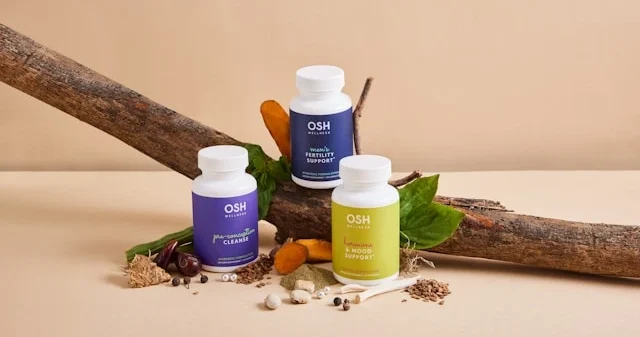
Starting June 9, 2025, Class II NHP submissions will no longer be reviewed just based on the date you filed them. Health Canada is updating how it handles licensing applications by applying a new workload management approach, prioritizing submissions based on intent to sell or manufacture in Canada.
... Read moreA Guide to Securing an NPN for Hydration Products in Canada

Learn how to get an NPN for hydration products in Canada and ensure full Health Canada compliance.
... Read moreGRAS for Food vs. Feed: Understanding the Key Differences
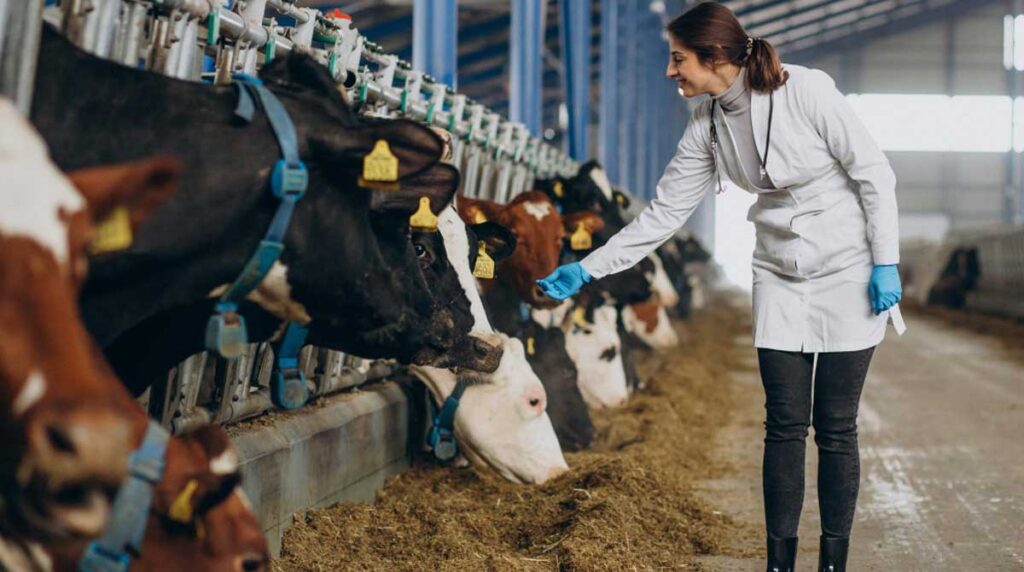
Understand the GRAS process for human food vs. animal feed and how to stay compliant with FDA regulations.
... Read moreTraditional Cosmetics vs. Cosmeceuticals: What’s the Difference?

Learn the key differences between traditional cosmetics and cosmeceuticals to ensure regulatory compliance in Canada and the U.S.
... Read moreA Guide to the SFCR Importer of Record Role

Learn what an SFCR importer of record is and how CARM changes affect food importers in Canada. Stay compliant with expert support.
... Read moreStruggling With GRAS Compliance? Here’s What to Do

Learn what to do if you’re struggling with the GRAS compliance process. Follow these tips to avoid delays and meet FDA standards.
... Read moreFDA Approves Natural Food Colors for Safer Use

FDA approves three food colors from natural sources, offering safer alternatives to petroleum-based dyes. Learn how this impacts your food products.
... Read moreFDA Unannounced Inspections: What Foreign Manufacturers Need To Know

FDA expands unannounced inspections for foreign sites. Learn what this means and how to stay compliant.
... Read moreHealth Canada electronic filing updates: Key changes in 2025

Health Canada’s update changes how drug product submissions must be filed. Learn what’s new and how to stay compliant.
... Read moreNavigating FDA and Health Canada Rules for Eczema Products

Understand how to stay compliant with FDA and Health Canada rules for eczema products. Learn how to properly classify and register your product.
... Read moreComparing Cosmetic Compliance Standards: FDA and Health Canada
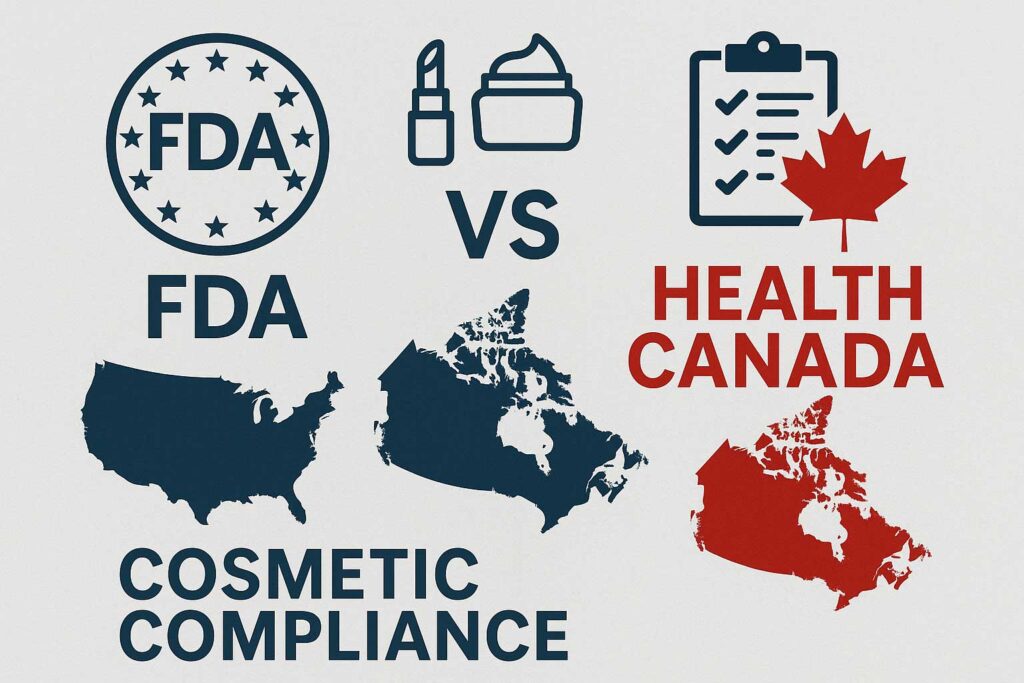
Learn the key differences between FDA and Health Canada cosmetic compliance to meet regulatory requirements and avoid costly setbacks.
... Read moreHealth Canada’s April 2025 Updates on the Medical Device Shortage List

Medical device shortage reporting requirements have recently changed, and it is essential for manufacturers and importers to stay informed.
... Read morePreparing a Successful Food Additive Submission in Canada

Learn how to prepare a food additive submission for Health Canada to ensure compliance and avoid costly delays.
... Read moreTips to Keep Cosmetics Compliant and Listed on Amazon Canada

Learn how to avoid Amazon Canada cosmetic delisting by meeting Health Canada requirements and maintaining compliance.
... Read moreFDA announces ESG NextGen launch for industry submissions

FDA ESG NextGen is now officially live. If your company needs to submit regulatory documents to the FDA, you’ll now use this updated system instead of the retired WebTrader platform.
... Read moreEFSA Opens 2025 Call for Novel Food Advice to SMEs

EFSA is offering early advice to SMEs preparing novel food applications in 2025. Apply before the June 12 deadline to get guidance.
... Read moreWhat’s the Difference Between Functional Foods and NHPs?
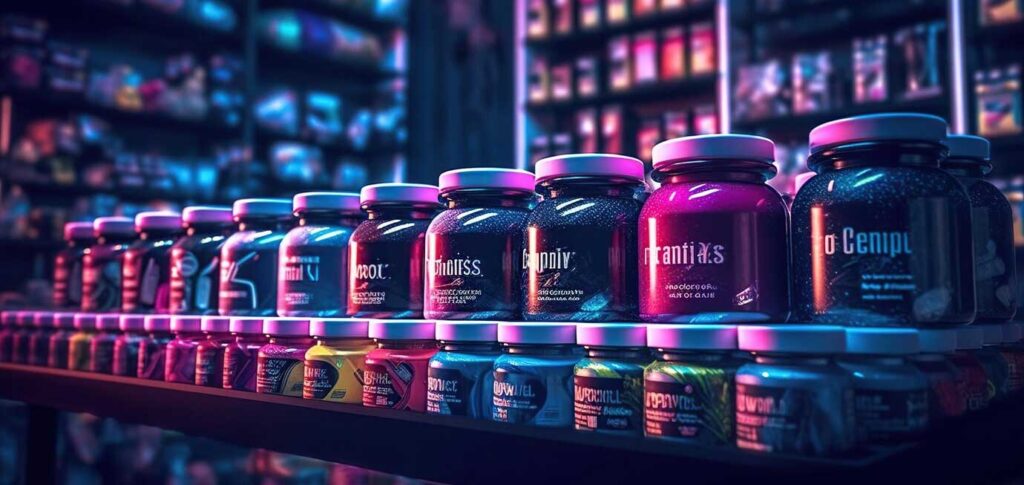
Learn the difference between functional foods and Natural Health Products in Canada, and how to classify your product correctly.
... Read moreThe Role of Natural Product Numbers (NPNs) in Canada

What is NPN? Learn how to get approval for your natural health product and stay compliant with Canadian regulations.
... Read moreFood and Supplement Labeling: Canada vs US Requirements

Understand food and supplement labeling differences between Canada and the US to stay compliant and avoid costly delays.
... Read moreFDA Releases Cosmetic Facility & Product Registration Summary

FDA releases registration and listing data for cosmetic facilities and products under MoCRA. Learn what this means for your compliance.
... Read moreFDA to Extend Food Traceability Rule: What You Need to Know

The FDA plans to extend the Food Traceability Rule compliance date by 30 months. Find out how this impacts your compliance strategy.
... Read moreHealth Canada Announces Amendments to Cannabis Regulations

Health Canada updated cannabis regulations on March 12, 2025. Learn about compliance, cost-saving benefits, and industry impact.
... Read moreHealth Canada Proposes Changes to Caffeine as a Supplemental Ingredient

Health Canada proposes modifications to caffeine use in supplemented foods. Learn how this impacts compliance and product formulation.
... Read moreSelf-Affirmed GRAS May End – What It Means for You

The FDA may eliminate self-affirmed GRAS. Learn how this change could affect food ingredient approvals and what steps you should take now.
... Read moreFDA’s New AI Rules for Medical Devices: What’s Changing?

The FDA just updated its AI rules for medical devices. Learn what’s changing, how it will impact your business, and stay ahead of compliance updates.
... Read moreNHP Labelling: Ministerial Exemption Order Announced

Health Canada announces a Ministerial Exemption Order for NHP labelling regulations, delaying new compliance requirements until June 21, 2028.
... Read moreIs Your Cosmetic Ready for Canada’s New Allergen Rules?

Health Canada’s fragrance allergen rules take effect April 12, 2026. Ensure your cosmetic products comply with new labelling regulations.
... Read moreHealth Canada’s New Front-of-Package Label Rules Explained
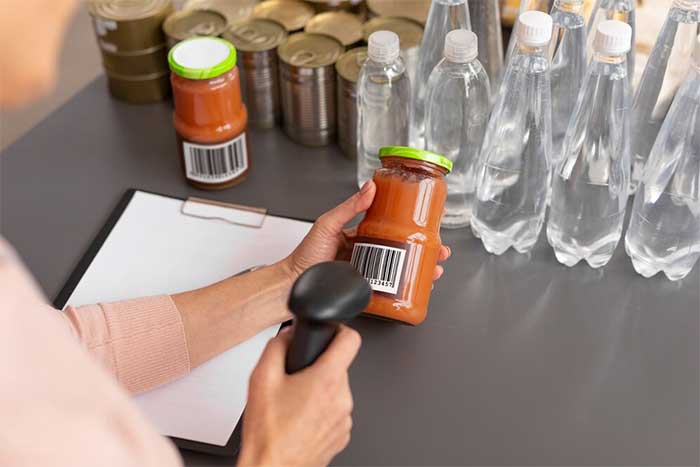
Health Canada’s new front-of-package label rules take effect on January 1, 2026. Learn how to comply and avoid penalties.
... Read moreHow to Make ‘Made in Canada’ Claims Amid Trade Tensions

Learn how to navigate ‘Made in Canada’ claims to stay compliant and competitive amid changing trade regulations.
... Read moreNavigating the TGA Approval Process for New Substances

Discover the key steps to obtaining TGA approval for new substances in listed medicines. Ensure compliance and streamline your application.
... Read moreA Practical Compliance Guide to Shilajit and FDA Rules

Learn how to navigate the FDA approval process for shilajit in 5 simple steps. Follow our expert guide for a smoother regulatory journey.
... Read moreUnderstanding Health Canada’s Approval on Grape Seed Extract in Foods

Discover Health Canada’s decision to allow grape seed extract in foods and how it impacts the industry.
... Read moreWhy Are FDA Food Contact Notifications No Longer Effective?

Learn why some FDA Food Contact Notifications are no longer effective and how to ensure compliance with updated regulations.
... Read moreWhat Are FDA Medical Device Classes?

Understanding the FDA classification system for medical devices is key to getting your product to market safely and efficiently. Knowing how the FDA medical devices are categorized can help you avoid setbacks and ensure compliance, whether you’re dealing with a simple tool or a life-saving implant. But how exactly does the FDA determine a device’s
... Read moreHealth Canada Fees 2025 Guide

Understand Health Canada’s 2025 fees for NHPs, drugs, medical devices, and cannabis. Stay compliant with Quality Smart Solutions.
... Read moreHealth Canada’s New Nicotine Rules: What’s Changing in 2024
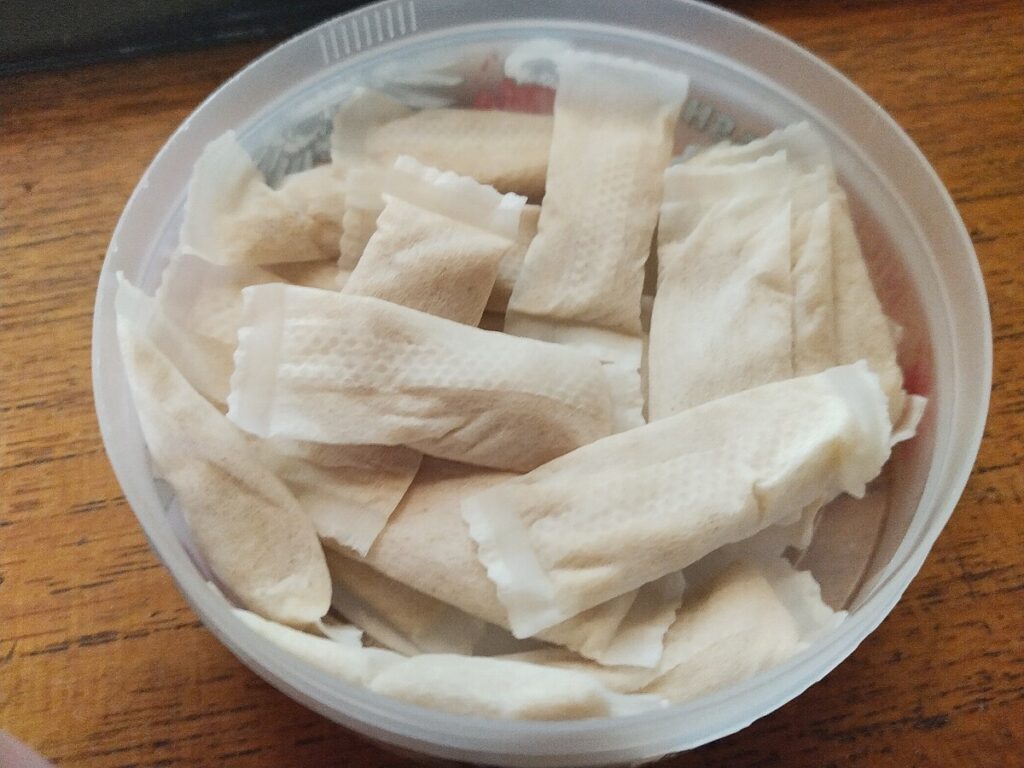
If you’re in the business of nicotine replacement therapies, major regulatory changes are now in place.
... Read moreHow to Prepare for an FDA 510(k) Pre-Submission

Are you trying to make sense of the FDA’s 510(k) pre-submission process? You’re not alone. Many companies, especially those new to the regulatory landscape, find themselves wondering where to start, what’s required, and how to get FDA approval for their medical devices. Without a clear plan, it’s easy to waste time and money on unnecessary
... Read moreHow to Ensure Compliance with Canada’s Infant Formula Registration
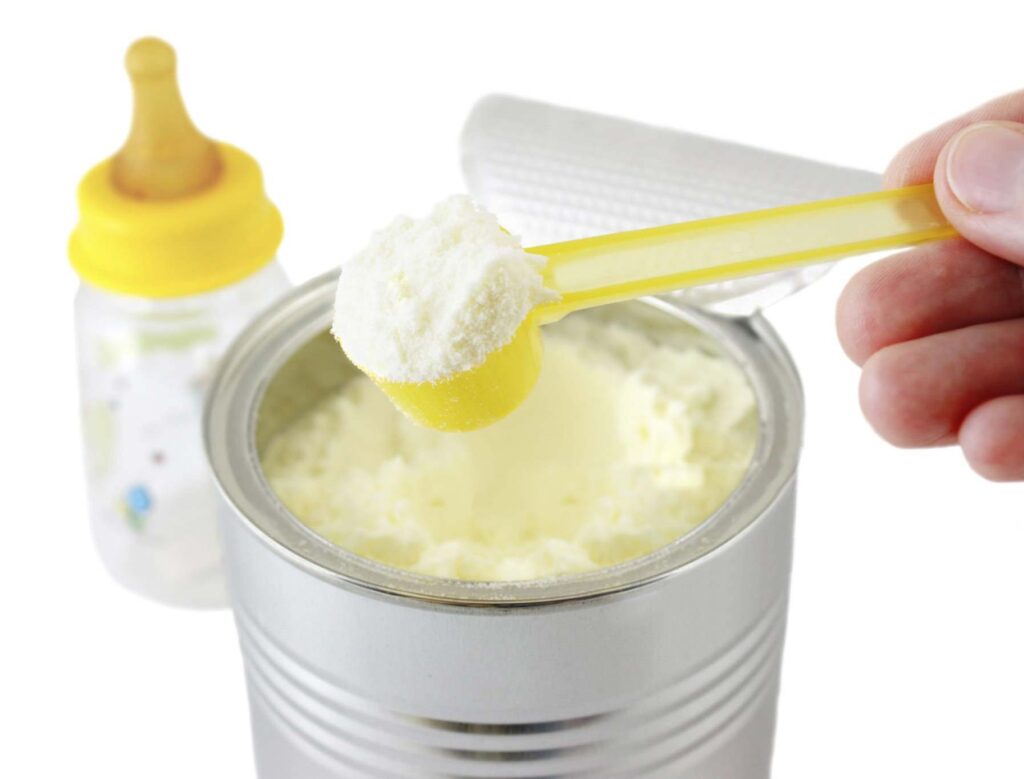
Learn how to navigate Canada’s strict infant formula registration process and ensure full compliance with Health Canada’s regulations.
... Read moreHealth Canada Opens 75-Day Consultation on Batch 4b – Share Your Input

Health Canada Opens 75-Day Consultation on Batch 4b – Share Your Input The Natural and Non-Prescription Health Products Directorate (NNHPD) invites industry stakeholders to provide feedback on Batch 4b, with consultation open for 75 days. We encourage you to support any suggestions for monograph revisions with published evidence or clear rationale. What’s Included in Batch
... Read moreHow to Master FDA Audits for Your Dietary Supplement Facility: A Complete Preparation Guide

Introduction Preparing for an FDA audit can be challenging, especially for dietary supplement manufacturers who must meet stringent Good Manufacturing Practices (GMP) requirements. The FDA regularly inspects dietary supplement facilities to ensure manufacturing, labeling, and safety regulations compliance. But how can you ensure you’re ready? Failing to meet FDA standards can lead to severe consequences,
... Read moreHealth Canada’s NDS, SNDS, and ANDS Pathways: Which One Is Right for You?

This article breaks down the 3 main pathways for drug submission in Canada: NDS, SNDS & ANDS. Choose the right one for faster market & lower cost.
... Read moreHealth Canada’s Drug vs Product Monograph: Key Differences

Two pivotal documents in this regulatory landscape, the Health Canada Drug Monograph and Product Monograph, hold distinct roles and purposes. Keep reading to learn more.
... Read moreFDA Fees Summary for 2025
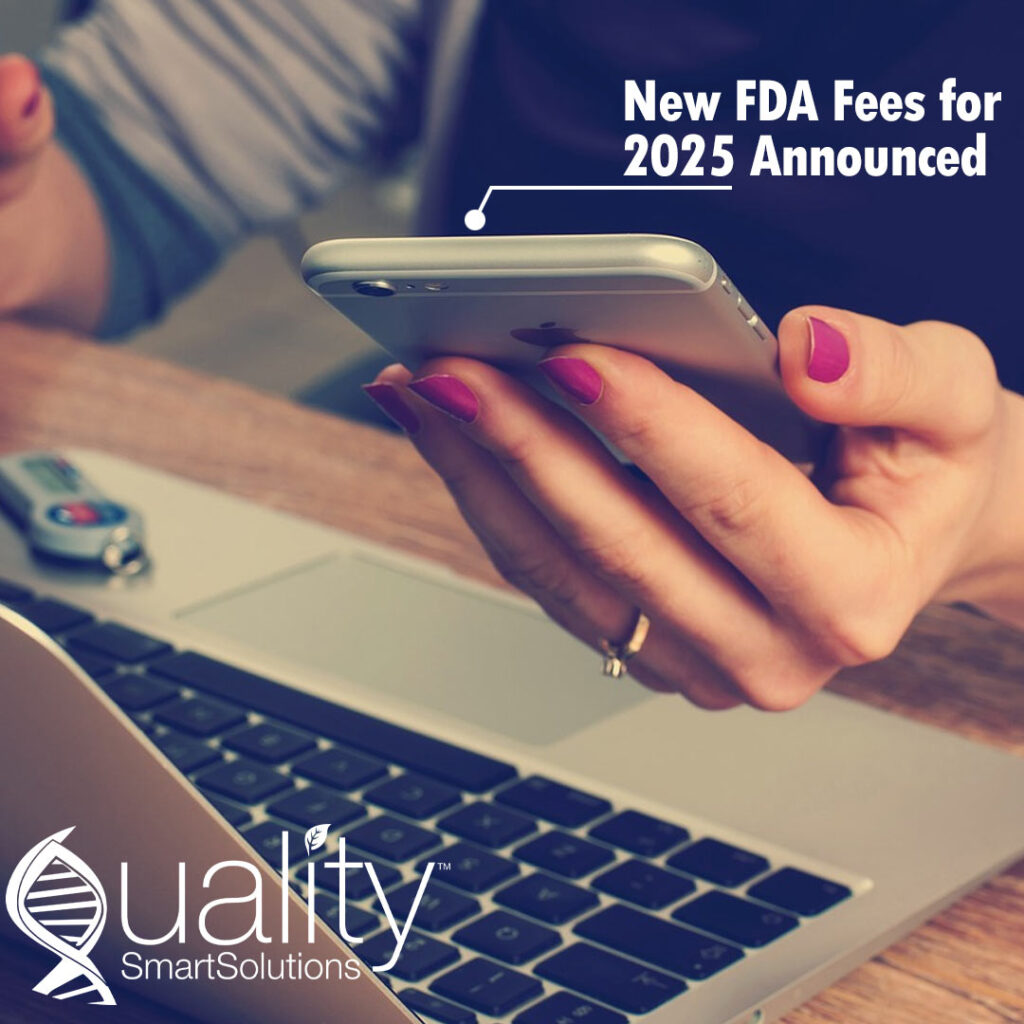
FDA User Fees for Fiscal Year 2025 (FY2025) The FDA’s user fees for FY2025, which runs from October 1, 2024, to September 30, 2025, apply to various industries, including pharmaceuticals, medical devices, biologics, and animal drugs. These fees help support the FDA’s regulatory and review processes, promoting efficient approval and compliance. 1. Prescription Drug User
... Read moreNew Modification to Buffer Zone Affects Food Manufacturers and Suppliers

Simplified Explanation of Changes to Labeling Rules Starting July 2022, food manufacturers and suppliers have been required to display special labeling symbols on certain food products. These include a front-of-package (FOP) nutrition symbol for products high in saturated fat, sugar, or sodium, and a supplemented food caution identifier (SFCI) for supplemented foods with specific health
... Read moreQuality Smart Solutions Launches GRAS Experts to Protect Against Food Safety Risks

GRAS Experts, a new division aimed at tackling ingredient safety concerns and helping businesses stay ahead of regulatory changes and avoiding recalls In light of McDonald’s recent recall of Quarter Pounders due to E. coli contamination, the need for stringent oversight on food ingredients has never been more critical. Quality Smart Solutions has launched GRAS
... Read moreGovernment of Canada Launches Consultation on Plant-Based Egg Alternative Labelling: What Businesses Need to Know

The Canadian Food Inspection Agency (CFIA) has launched a 90-day consultation on proposed guidance for labelling plant-based alternatives to egg products, a critical development for businesses involved in Novel Food Products and ingredients. As the plant-based food market skyrockets, this new consultation presents both an opportunity and a challenge for companies to ensure their products
... Read moreNew Hydration Product Monographs Launched

The NNHPD Opens Consultation on Batch 4 Through new guidelines, stakeholders are invited to shape the future of homeopathic and topical health products. The Natural and Non-Prescription Health Products Directorate (NNHPD) has made a significant announcement, opening a crucial consultation period for Batch 4 of their latest product monographs, including several that will impact the
... Read more7 Must-Know EFSA Novel Food Regulation Changes for 2025: You Need To Be Ready

If you’re planning to enter the European market in 2025, significant updates to the EFSA novel food regulatory framework are on the horizon, effective from February 1, 2025.
... Read moreBreaking News: Health Canada’s New GMP Guide for Natural Health Products – Are You Ready?

Health Canada has just released a draft Good Manufacturing Practices (GMP) guide for natural health products (NHPs), marking a monumental shift in how businesses will manufacture, package, label, and store their products. This guide introduces sweeping changes, the first since 2015, to ensure NHPs sold in Canada meet modern safety and quality standards. With updates
... Read moreUnderstanding the Key Changes to Natural Health Product (NHP) Labeling in Canada

Natural health products (NHPs) are widely used in Canada, ranging from vitamins, minerals, and herbal remedies to probiotics and homeopathic medicines. As these products play a vital role in promoting health and wellness, clear and accurate labeling is essential to ensure consumers can make informed decisions about the products they use. To strengthen consumer safety
... Read moreFDA Considerations Selling Foods in USA

Regulatory Considerations when Selling Foods and Beverages in the United States Selling food products in the United States requires compliance with various regulations to ensure consumer safety and public health. The regulatory framework is complex, involving multiple federal agencies, state laws, and industry standards. Here’s an overview of the key regulatory requirements: Federal Agencies:
... Read moreHealth Canada 2024 Changes for Nicotine Replacement Therapies (NRT)

Health Canada 2024 Changes for Nicotine Replacement Therapies (NRT) On August 22, 2024, the Honourable Mark Holland, Minister of Health, announced new measures aimed at preventing youth from being harmed by nicotine replacement therapies (NRTs). The following outlines the recent updates from Health Canada concerning NRTs. There is increasing concern that NRTs, particularly newer formats
... Read moreHow to Create Health Canada Compliant Food Labels

Learn how to meet Health Canada’s food labeling requirements in Canada, from bilingual rules to front-of-pack nutrition symbols.
... Read moreNew Update on FDA Sodium Reduction Efforts
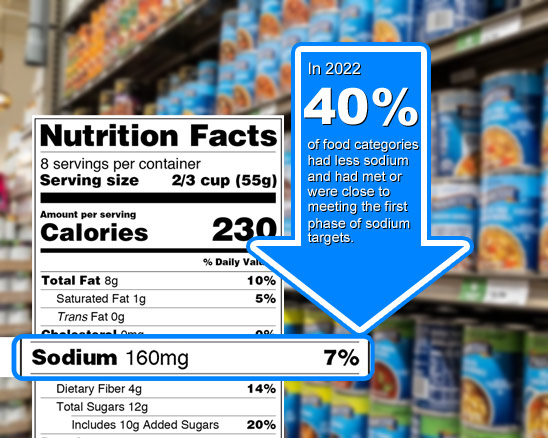
The FDA has taken a significant step forward in its ongoing sodium reduction initiative by issuing new, voluntary sodium reduction targets in a draft guidance, marking the launch of Phase II in their efforts. This follows Phase I, aimed at decreasing diet-related diseases associated with high sodium intake, where final voluntary sodium reduction goals were
... Read moreHealth Canada plans to share document about health products containing CBD this fall

This fall, Health Canada is anticipating sharing a policy consultation document about health products containing (CBD). This proposal has been in the works since 2019. In 2022, Health Canada released a report on health products containing cannabis. Released earlier this year, The Forward Regulatory Plan for 2024 to 2026 details regulatory initiatives that Health Canada
... Read moreFDA MoCRA Compliance Guide for Cosmetic Businesses

Learn FDA MoCRA requirements for cosmetics, including registration, labeling, GMP, and safety substantiation. Stay compliant and protect your brand.
... Read moreHealth Canada’s Regulatory Plan 2024-26: Proposed Amendments to NHP and Non-Prescription Drugs

Health Canada has unveiled its Forward Regulatory Plan for 2024-2026, outlining significant amendments to the Natural Health Products Regulations and the Food and Drug Regulations under the Food and Drugs Act. These amendments are designed to align the regulatory approach for self-care products, ensuring a streamlined and risk-based framework that reflects contemporary standards. To
... Read moreHealth Canada 2024 Drug Establishment Licensing (DEL) Update

Health Canada is introducing a new plan to modernize the Drug Establishment Licensing (DEL) framework over the coming years. This plan, divided into two phases, focuses on strengthening regulatory oversight, aligning with international standards, and easing administrative burdens. Before going into details of the update, let’s throw light on what DEL is and who needs
... Read moreHow to get an NHP Licence for Nicotine Pouches in Canada?
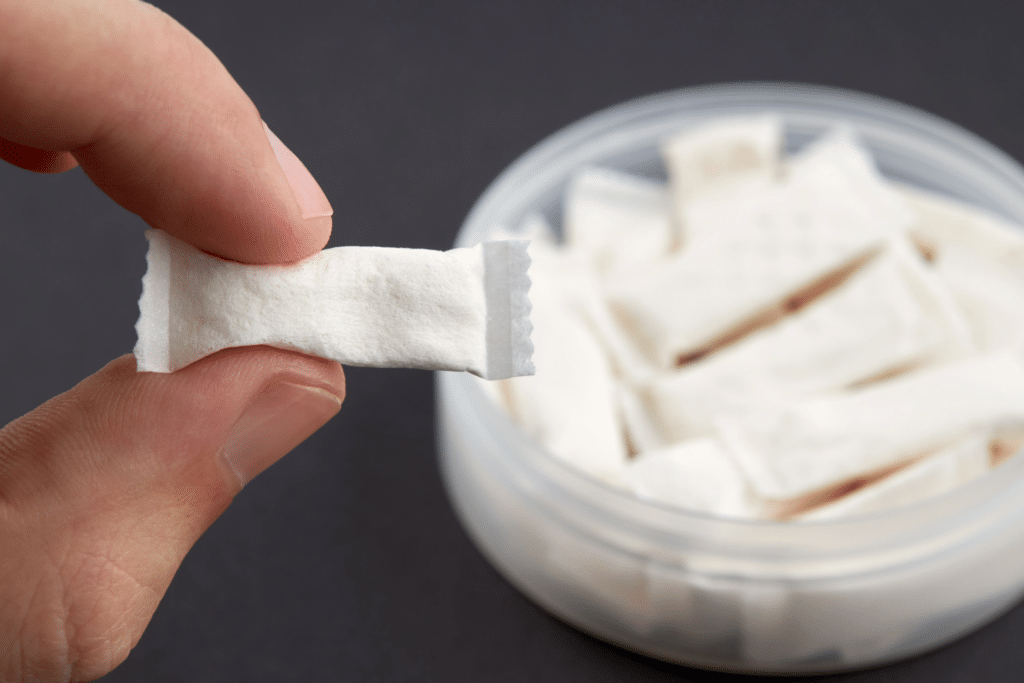
Remember the days of gumming patches, sucking lozenges, and hiding bulky vaporizers? Nicotine pouches, those discreet little packets promising rapid release and sleek satisfaction, are rewriting the playbook. But for NHP manufacturers, the thrill of this pocket-sized revolution comes with a hefty stack of regulatory paperwork. Before you get lost in the regulatory labyrinth, let’s
... Read moreFDA Updates Yogurt Standard: Key Changes for Manufacturers

Attention all yogurt makers, big and small! The U.S. Food and Drug Administration (FDA) has finalized changes to the standard of identity for yogurt, effective January 1, 2024. These updates aim to modernize regulations while maintaining the core characteristics of this beloved food. Here’s the scoop: Yogurt’s getting a modern makeover. The FDA is updating
... Read moreNavigating GRAS Panels: A Guide to Best Practices

When it comes to introducing new substances into the world of food and dietary supplements, ensuring safety is paramount. The GRAS (Generally Recognized as Safe) designation plays a critical role in this process. The U.S. Food and Drug Administration (FDA) provides guidance on how to convene a GRAS panel effectively and responsibly, ensuring that the
... Read moreUnderstanding FDA FURLS, FDA Approved, and FDA Registered Medical Devices
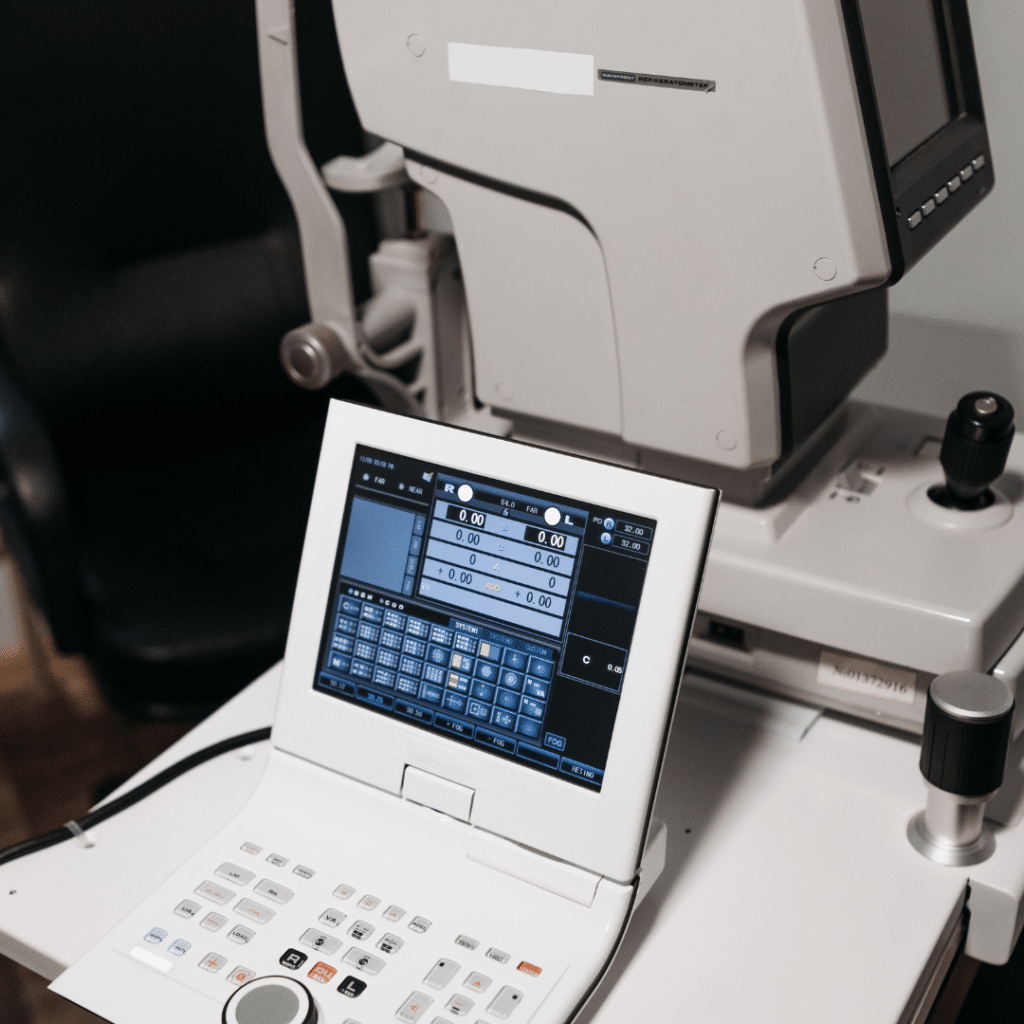
This article explores the differences between these designations and provides insights into how to obtain the necessary licenses for medical devices.
... Read moreCritical Control Points Explained: The Core of HACCP

Learn about Critical Control Points (CCPs) in HACCP, their role in food safety, and how to stay compliant with global regulations.
... Read moreChoosing Between GRAS Notice and Self-Affirmed GRAS
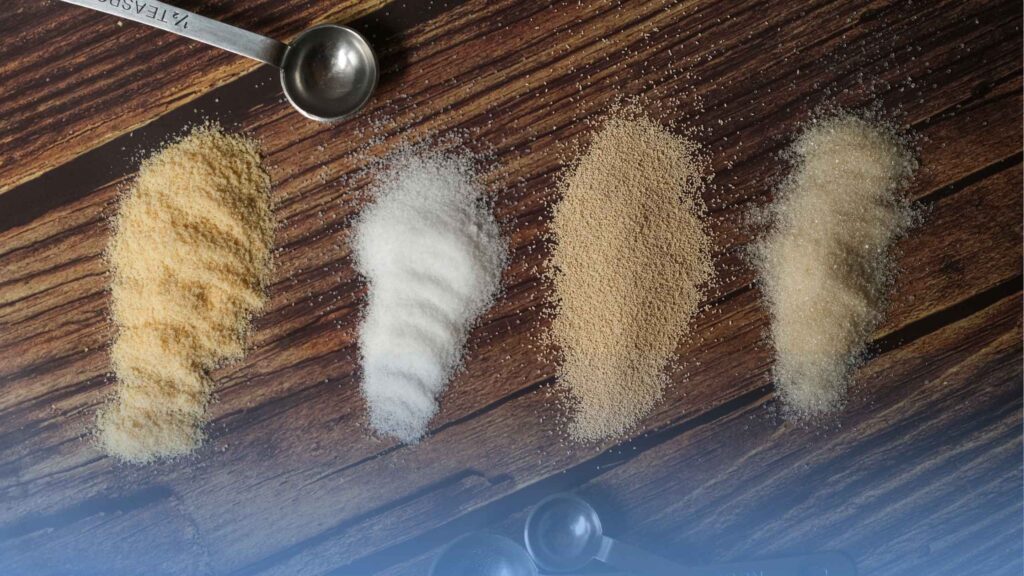
Learn the key differences between GRAS Notice and Self-Affirmed GRAS to ensure FDA compliance and food safety. Find the best approach for your product.
... Read moreUnderstanding GRAS Substances and Their Role in Food Compliance
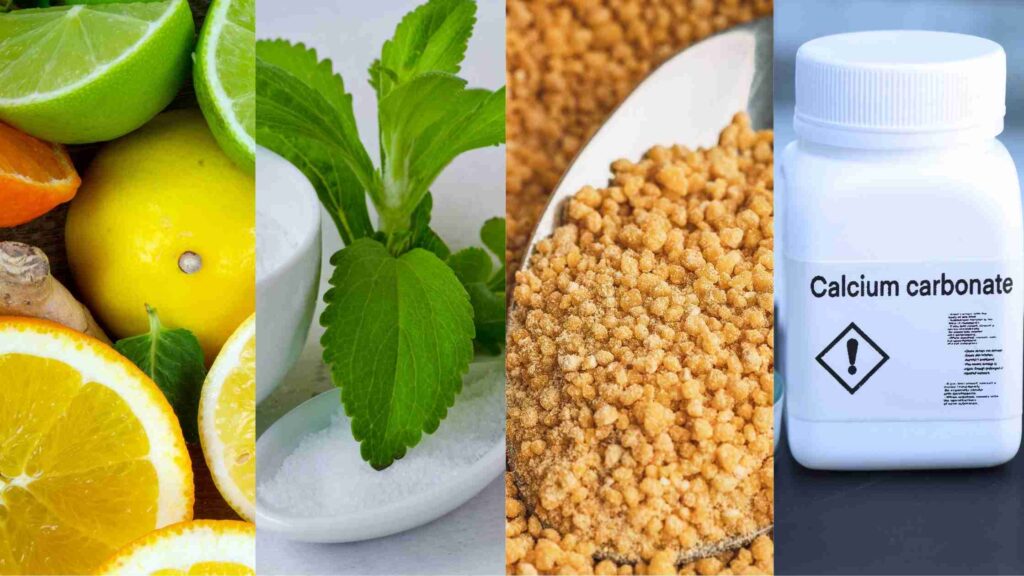
Learn what GRAS substances are, how they’re used, and how to stay compliant. Read this guide to understand food, drug, and cosmetic regulations.
... Read moreEverything businesses should know about the Supplemented Foods Facts Table (SFFT)

Introducing the Supplemented Foods Facts Table (SFFT), your go-to guide for navigating the ever-changing world of supplemented foods. With consumer demand skyrocketing for these products, grasping the SFFT is vital for businesses looking to excel in this booming market. In this article, we’ll unravel everything you need to know about the SFFT, from its purpose
... Read more